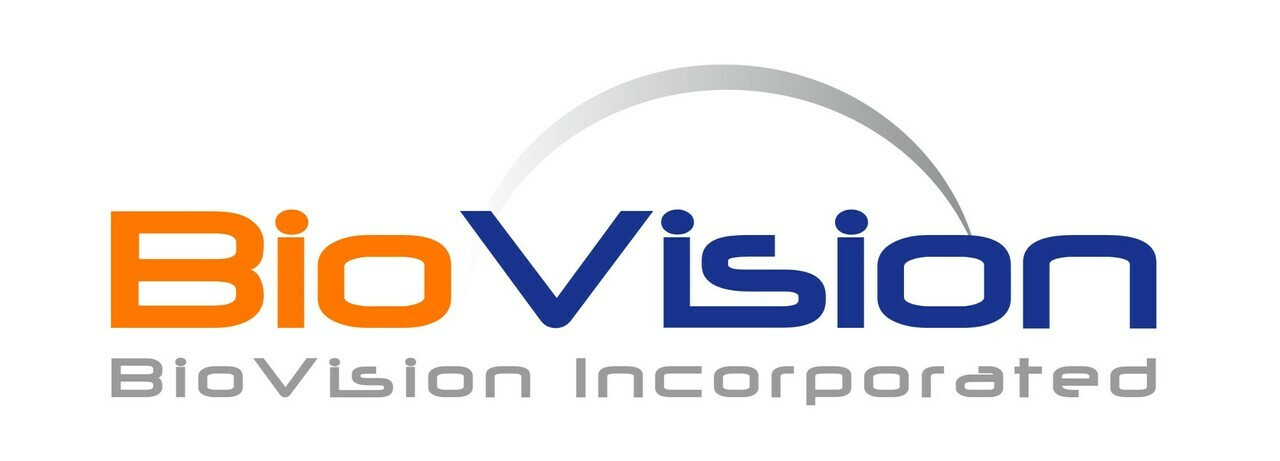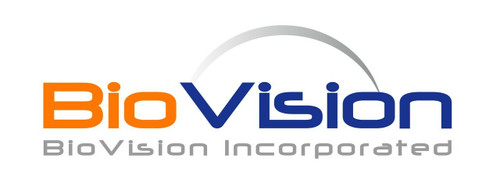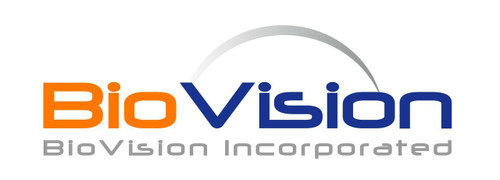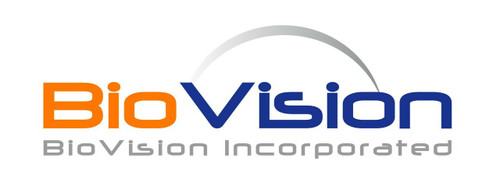Product Description
CD147, also known as Basigin (BSG), or extracellular matrix metalloproteinase inducer (EMMPRIN). The human basigin protein contains 269 amino acids that form two heavily glycosylated C2 type immunoglobulin-like domains at the N-terminal extracellular portion. A second form of basigin has also been characterized that contains one additional immunoglobulin-like domain in its extracellular portion. As members of the immunoglobulin superfamily play fundamental roles in intercellular recognition involved in various immunologic phenomena, differentiation, and development, basigin is thought also to play a role in intercellular recognition and regulate several distinct functions, such as spermatogenesis, expression of the monocarboxylate transporter and the responsiveness of lymphocytes. Basigin is a type I integral membrane receptor that has many ligands, including the cyclophilin (CyP) proteins Cyp-A and CyP-B and certain integrins.
Biovision | 7455 | Human CellExp CD147 human recombinant DataSheet
Biomolecule/Target: CD147
Synonyms: Basigin, BSG, 5F7, CD147, EMMPRIN, M6, OK, TCSF.
Alternates names: Placenta Growth Factor-2, PGFL
Taglines: Plays a role in the intercellular recognition involved in various immunologic phenomena
NCBI Gene ID #: 5228
NCBI Gene Symbol: PGF
Gene Source: Human
Accession #: AAB30462
Recombinant: Yes
Source: HEK293 cells
Purity by SDS-PAGEs: 90%
Assay: SDS-PAGE
Purity: N/A
Assay #2: N/A
Endotoxin Level: <1 EU/g by LAL method
Activity (Specifications/test method): N/A
Biological activity: The PLFG-2 is fully biologically active when compared with standards. Recombinant human PIGF-2 can bind to immobilized rh-sFlt-1 (100 ng/well) with linear range at 0.3-10 ng/ml.
Results: 0.3-10 ng/ml
Binding Capacity: N/A
Unit Definition: N/A
Molecular Weight: 18.0 kDa
Concentration: N/A
Appearance: Lyophilized
Physical form description: Lyophilized from 0.22 m filtered solution in PBS, pH 7.4. Normally Mannitol or Trehalose is added as protectants before lyophilization.
Reconstitution Instructions: Reconstitute the protein in sterile 20 mM acetic acid to a concentration of 0.1-1.0 g/l. The solution can then be diluted into other aqueous buffer
Amino acid sequence: N/A
 Euro
Euro
 USD
USD
 British Pound
British Pound
 NULL
NULL








